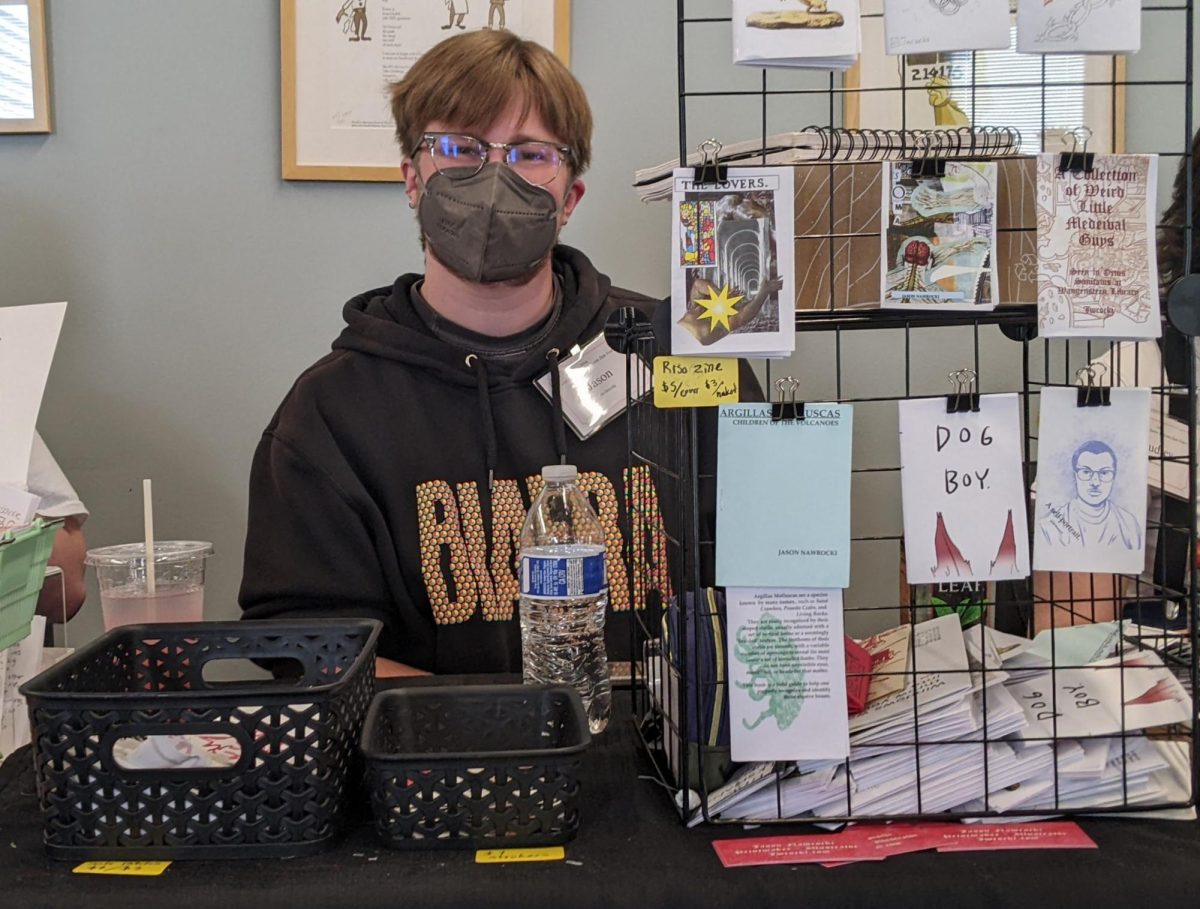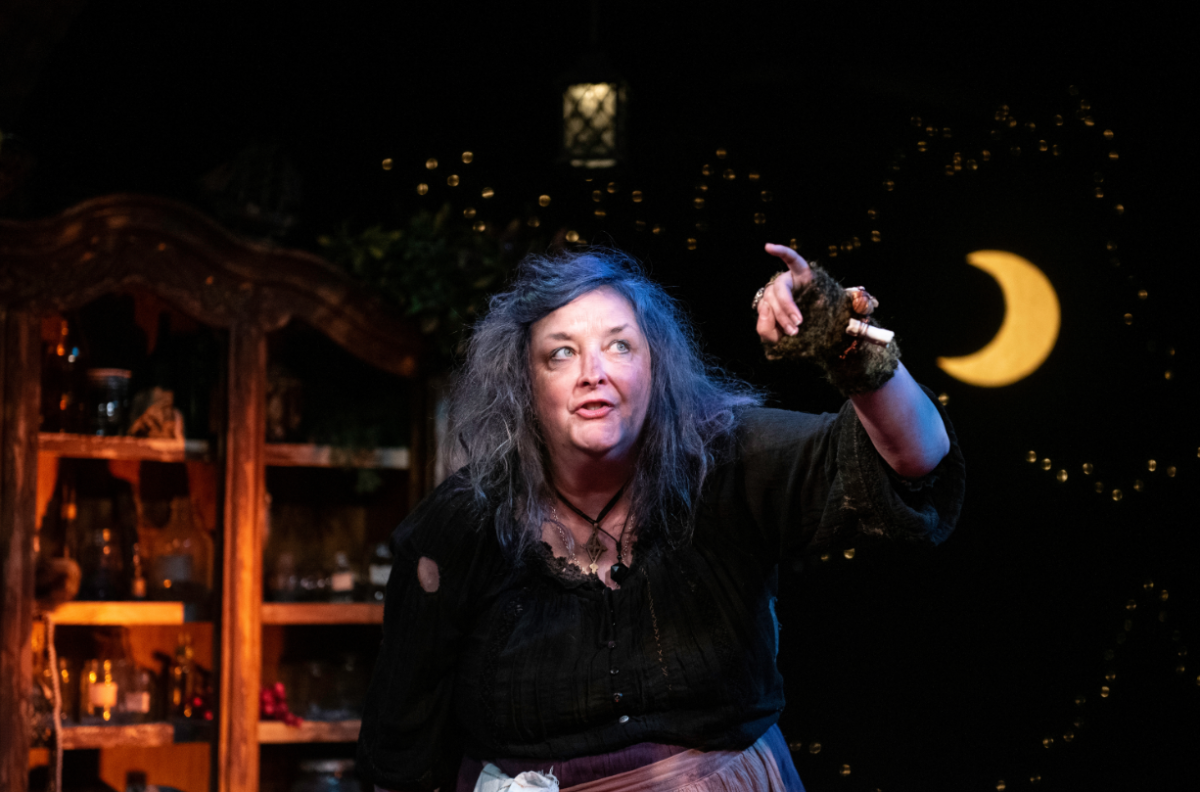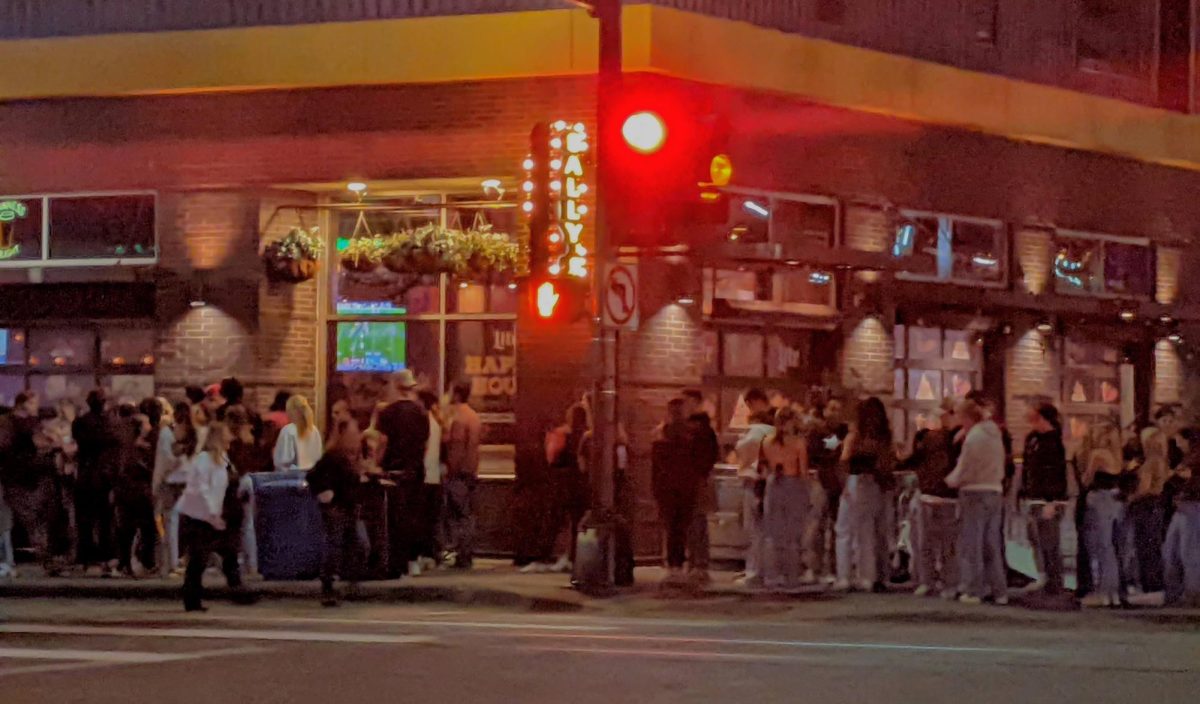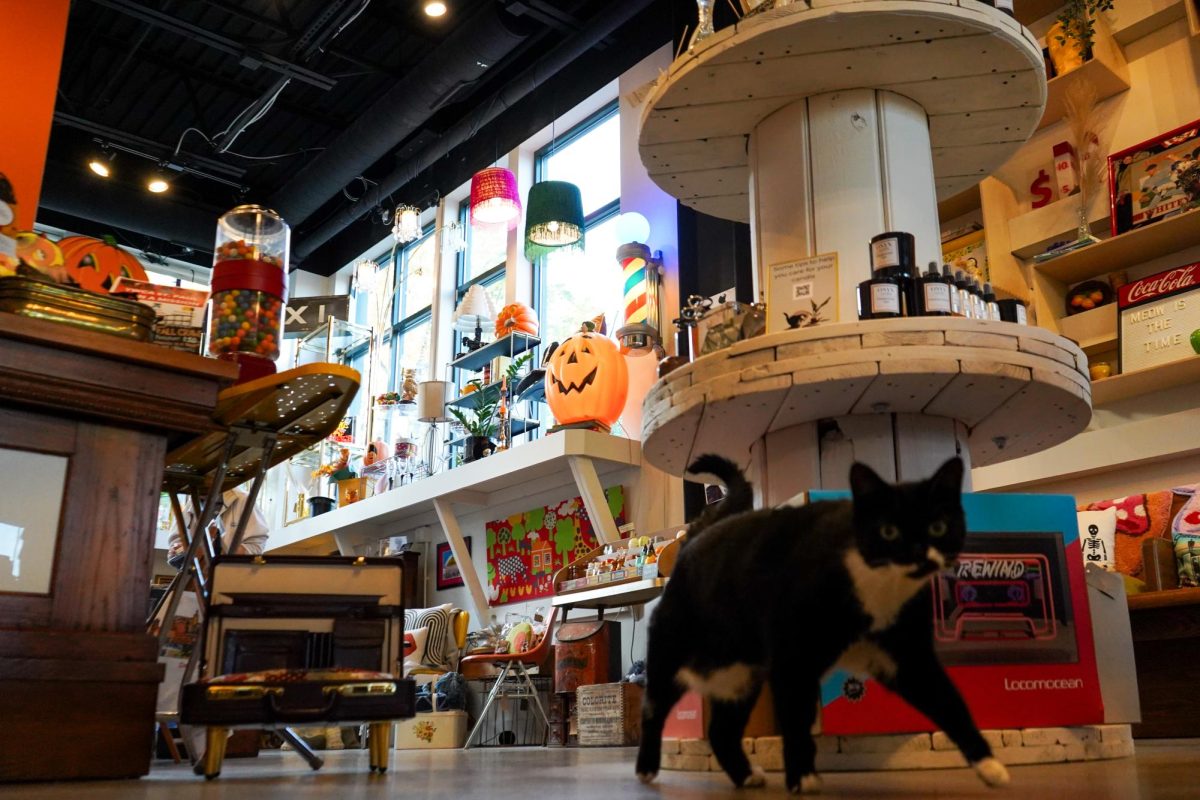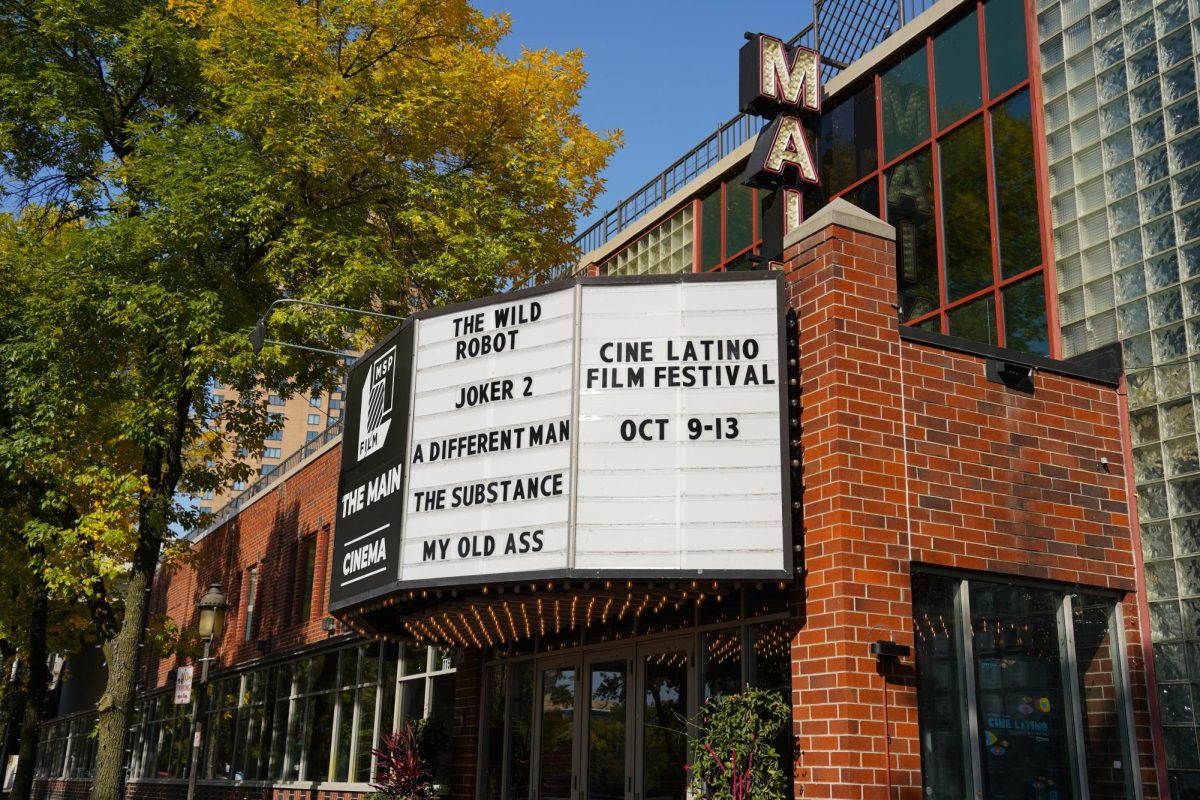Director and choreographer Martha Clarke envisions a pre-World War I Vienna, Austria, in a wash of beauty and eroticism. In her dance-theater production, “Vienna: Lusthaus (Revisited),” inspired by the Lusthaus (a 16th century pleasure pavilion of Austria), Clarke weaves an erotic web through the lives of Vienna’s elite. These beautiful people live luxurious lives, attending operas, dancing and performing the rituals of high society. The explosive mixture of sexuality and impending war, however, makes their lives decidedly more complex.
Inspired by two of Vienna’s most sexually explicit painters, Gustav Klimt and Egon Schiel, Clarke animates opulent canvases on the stage. Nude dancers mirror the provocative sexuality represented in Schiel’s portraits and the haunted erotic forms as depicted in Klimt’s work. Uniting these visual images with music and monologues, Clarke creates a lush vision of the decadence and despondency that encompassed turn-of-the-century Vienna.
Clarke conceived the piece in 1986. “Vienna: Lusthaus” opened off-Broadway and won the Obie for Best Play that year. This year, New York Theatre Workshop enticed Clarke to revise “Vienna: Lusthaus” for a four-city tour.
Playwright Charles Mee collaborated with Clarke on this revision. Mee and Clarke seem to be a perfect match for “Vienna.” His style veers toward the unpolished, the fragmented and the undefined. He prefers plays that feel more like real life. This is appropriate because “Vienna” is not a light piece. It uncovers reality on multiple levels through Clarke’s abstract style. This exposure is especially important to Mee and Clarke as they have revised “Vienna” in the context of the turn of the millennium. Mee writes, “The world today, like the world at the beginning of the last century, is on the verge of coming apart.”
Mee adapted period texts such as those of Sigmund Freud and Richard von Krafft-Ebing for “Vienna,” mixing his adaptations with excerpts of original works and his own words. Inspired by Robert Rauschenberg’s collage technique, Mee considers the original texts he uses as “stolen,” and he plays freely with their words as though each one is a found object.
Through the monologues, music and movement, the development of the modern, alienated individual is realized. Clarke reveals the self-absorbed human who is oblivious to others. In one scene, a man lugs a woman on stage as if she were a cumbersome piece of furniture. He fondles her and she remains motionless. When actors deliver monologues, the other performers onstage disregard their words with the same mask of oblivion, often circling the speaking actors.
Like Vienna prior to World War I, the United States is quickly approaching war. Just as Clarke juxtaposes complacent life with a sense of impending doom, citizens of the United States are currently content yet apprehensive of an inevitable war. It is relevant, then, that Clarke ends “Vienna” with an evocative scene depicting the somberness of mortality. A soldier lies dying as snow gently falls around him. He asks a passerby, “What colors does a body pass through after death?” The answer he receives is chilling, indeed.



